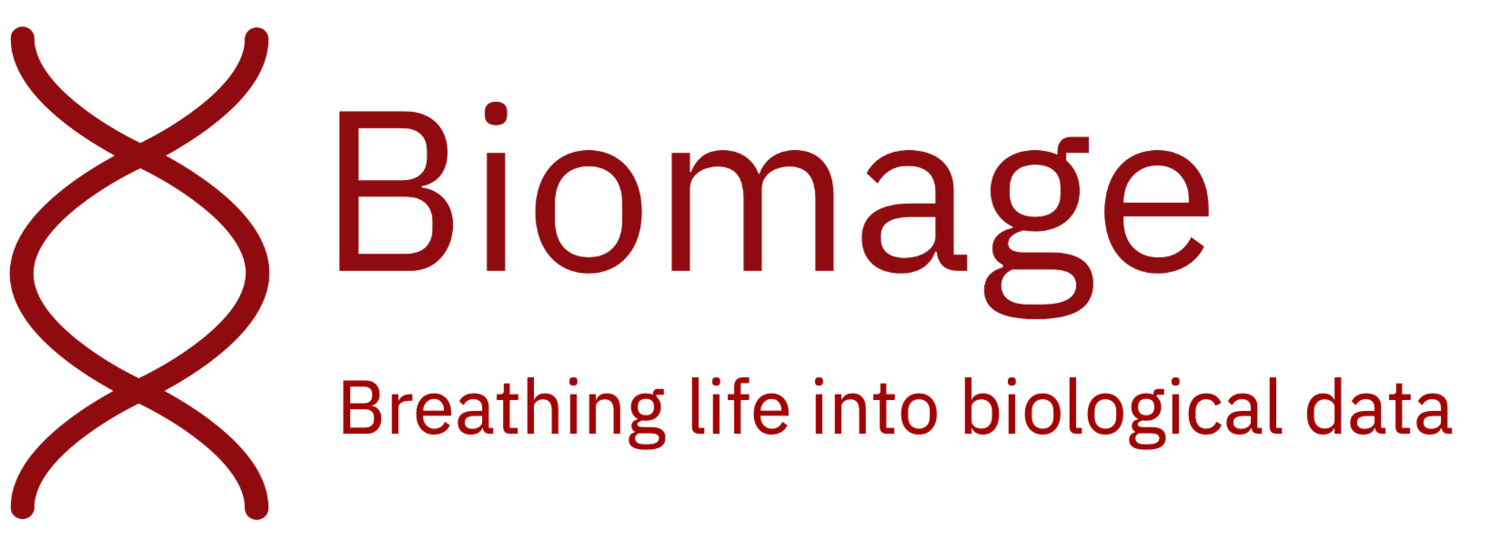2022 in review - our top 5 blog posts
The beginning of the new year is always a good opportunity to take stock of the past year. One of the exciting things that happened in 2022 is the launch of our blog!
As we begin the new year, we wanted to reflect on the most popular blog posts we have published so far!
It's been an exciting year for the field of single-cell research, and there is no doubt that it will continue to be a hot topic in the world of biological research! In 2022, we took time to highlight some of the topics and perspectives in this field. Single-cell RNA sequencing (scRNA-seq) specifically is a powerful technology with a wide range of applications, including the identification of cell types and subtypes, the analysis of gene expression patterns and regulatory networks, and the study of developmental processes and disease mechanisms.
Whether you're new to scRNA-seq or you already have previous knowledge, we hope you'll find something here that interests you and helps you to further your knowledge and understanding of scRNA-seq.
So, without further ado, let's dive into our best blog posts of 2022!
Single-cell RNA sequencing data analysis: 6 tools you need to know
Can you imagine yourself on the brink of a ground-breaking discovery, except you don’t know it yet?
Those of you who work in the scRNA-seq field may be familiar with this. Having laid the groundwork, prepared, and analyzed your samples, you now have results based on hundreds, thousands, if not millions of cells. What can you do with this data if you're not proficient in programming or don't have time to learn bioinformatics?
Fortunately, there is an increasing number of single-cell data analysis platforms available to you. We have compiled a list of the best scRNA-seq data analysis tools to help you move your single-cell research forward.
Read here: Single-cell RNA sequencing data analysis: 6 tools you need to know
Biomarker discovery using scRNA-seq: what's the big deal?
Biomarkers have the potential to save lives.
Biomarkers are simply measurable characteristics of organisms, so this may seem like an overstatement. However, the use of biomarkers is becoming increasingly important both in clinical research and practice.
Single-cell methods are unprecedented and comprehensive approaches for the identification of new biomarkers. For example, scRNA-seq provides the opportunity to identify gene expression changes in specific subsets of cells within a tissue that are associated with disease severity. With the help of scRNA-seq, scientists are already discovering novel biomarkers that could be used in clinical practice or research in the future!
Read here: Biomarker discovery using scRNA-seq: what's the big deal?
A series of tutorials on file conversion
Our amazing bioinformaticians have released a series of tutorials written in R that can help you convert various data types into features/barcodes/matrix format. These files can then be directly uploaded to the Biomage-hosted community instance of Cellenics®.
Read here:
Converting CSV/TSV files to upload to Cellenics®
How to demultiplex a Seurat object and convert it to 10X files
Converting H5 files to upload to Cellenics®
How to demultiplex a count matrix and convert it to 10X files
How scRNA-seq Became the New Hot Topic?
In our first-ever blog post, we discuss what is scRNA-seq, how scRNA-seq works, and why is everybody talking about it.
Despite their apparent similarities, cells can show unique characteristics when examined closely. A cell’s ability to function within the body depends on the right genes being switched on at the right time. Gene expression also varies according to the cell type and developmental stage. Looking at these details has been made possible with scRNA-seq!
Read here: How scRNA-seq Became the New Hot Topic?
Reproducing a published trajectory analysis plot with Cellenics®
A highly requested feature that was recently added to the Cellenics® open source tool is trajectory analysis, which can be found in the Plots and Tables module. To show how Cellenics® can be used to perform trajectory analysis effortlessly and reliably, we reproduced the findings from a paper published in Science by Shi et al. 2021.
Read here: Reproducing a published trajectory analysis plot with Cellenics®





